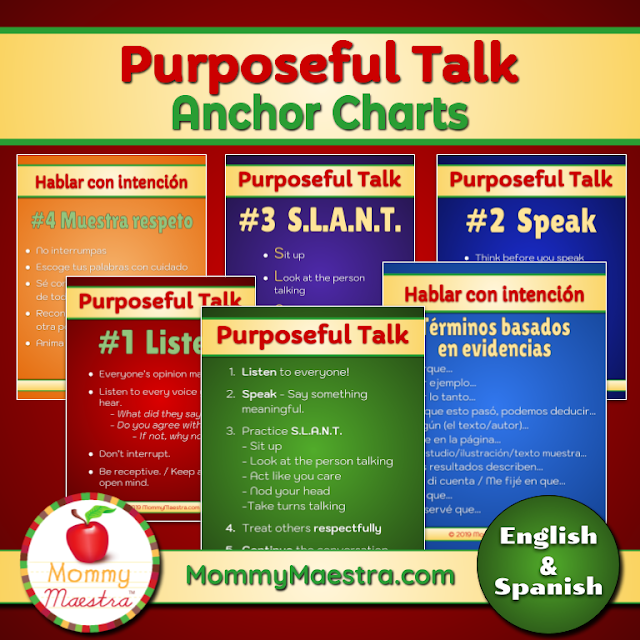I am SO EXCITED today to finally be able to announce my new series of activity books for children!
My Heritage Journal Series for kids has been designed for children ages 8 to 14 and provides them with a way to record their family's story and heritage.
The first group of books is now available in TWO formats: a
pdf download and the
physical books shown above. (That's right. I said "first group" because I have a lot of these planned!) This first group focuses primarily on Hispanic heritage because I was thinking of my own family and all of you MommyMaestra readers. The first books are (in alphabetical order):
- My Cuban Heritage Journal
- My Mexican Heritage Journal
- My Puerto Rican Heritage Journal
- My Spanish Heritage Journal
- My Guatemalan Heritage Journal
- and My French Heritage Journal
And because families are so complex and diverse, I've also created My Multicultural Heritage Journal that provides a space for children to explore their multicultural backgrounds.
I've been working on these almost nonstop since January. If you follow me on TpT, you may have already seen them and ordered your copies. They've already been selling even though I haven't promoted them.
So let's talk about what's inside! Each book contains a page at the front where your kids can record their name and write down the year in which they start the journal.
 |
| image from the My Mexican Heritage Journal |
The next two pages include a map of the country so that your child can color in where in that country their family has lived, as well as space for writing down any explanations or explaining in greater detail the who, where, when, why, or even how their family lived in that country. NOTE: The Multicultural Heritage Journal has a world map so that kids can color in the countries in which their family/ancestors have lived.
The next page contains writing prompts where your child can record his or her own story and history. And there is space for drawing your family's crest coat of arms, if you know what it is. FYI, there are lots of online sites that can show your family's coat of arms. Just make sure that you monitor your child's time online and don't let them use a site that asks for all sorts of personal information. They only have to enter their last name. Or you can Google your last name and add "Coat of Arms" at the end.
Or, if you prefer, you can have your child design and draw your family's coat of arms! (Fun, no?) This might be preferable for families with mixed ancestry. Kids can look up different coats of arms from their family heritage and then choose elements to create their own.
And of course, no heritage journal is complete without a place to draw your family tree! Right after you do so, you can even draw or post snapshots of the family members listed in the family tree with space for captions.
 |
| image from the My Puerto Rican Heritage Journal |
 |
| image from My Cuban Heritage Journal |
 |
| image from My Multicultural Heritage Journal |
Then the main part of the journal is filled with journaling pages. Kids can write their family stories here. And because I wanted to be sure and emphasize the heritage aspect, there are 17 journaling pages with small cultural images and fun facts about the country scattered throughout the book. (The Multicultural Heritage Journal just has images of items and places found in countries across the world.)
 |
| image from the My Spanish Heritage Journal |
There are even a few pages for recording family interviews. Sketch pages and more photo pages are also scattered throughout the journal. Don't be afraid to really think outside the box. Scrapbook these pages! Add text and dimension to your journal. :)
 |
| image from My Spanish Heritage Journal |
And it all ends with a section in the very back for writing down favorite family recipes.
So what do you think? Isn't it awesome?
These books will eventually be translated into Spanish for my Spanish-seeking readers. And the next round of books will focus on non-Spanish speaking heritages, such as French, British, German, and others. If you are looking for something in particular, please don't hesitate to reach out to me and put in a request.
If you want to just print the pages on your own, you can download the pdf files from
my store on TpT. That file contains a cover page, so you could put everything in a binder. And it would make scrapbooking some of the interior sketch pages easier. These files will soon be available in my MommyMaestra online shop, too.
Educators! This would make a fantastic project to turn in at the end of the school year, or to complete over summer break. But, of course, it could be completed in a much shorter time frame, too.
You know that I am all about raising children who are proud of their heritage and family's history. That's partially because I read a study by researchers at the University of North Carolina - Chapel Hill a few years ago that showed how "Latino adolescents in the U.S. who maintain ties to their culture of origin are more likely to develop healthy behaviors than their peers who do not. Latino adolescents with a strong awareness of their family’s culture reported higher self-esteem, fewer social problems and less hopelessness, aggression and substance abuse."
This, then, is my gift to our children: a tool for researching, recording, and treasuring our family stories.
Abrazo to you all!
Here are the links to the books on Amazon:

























